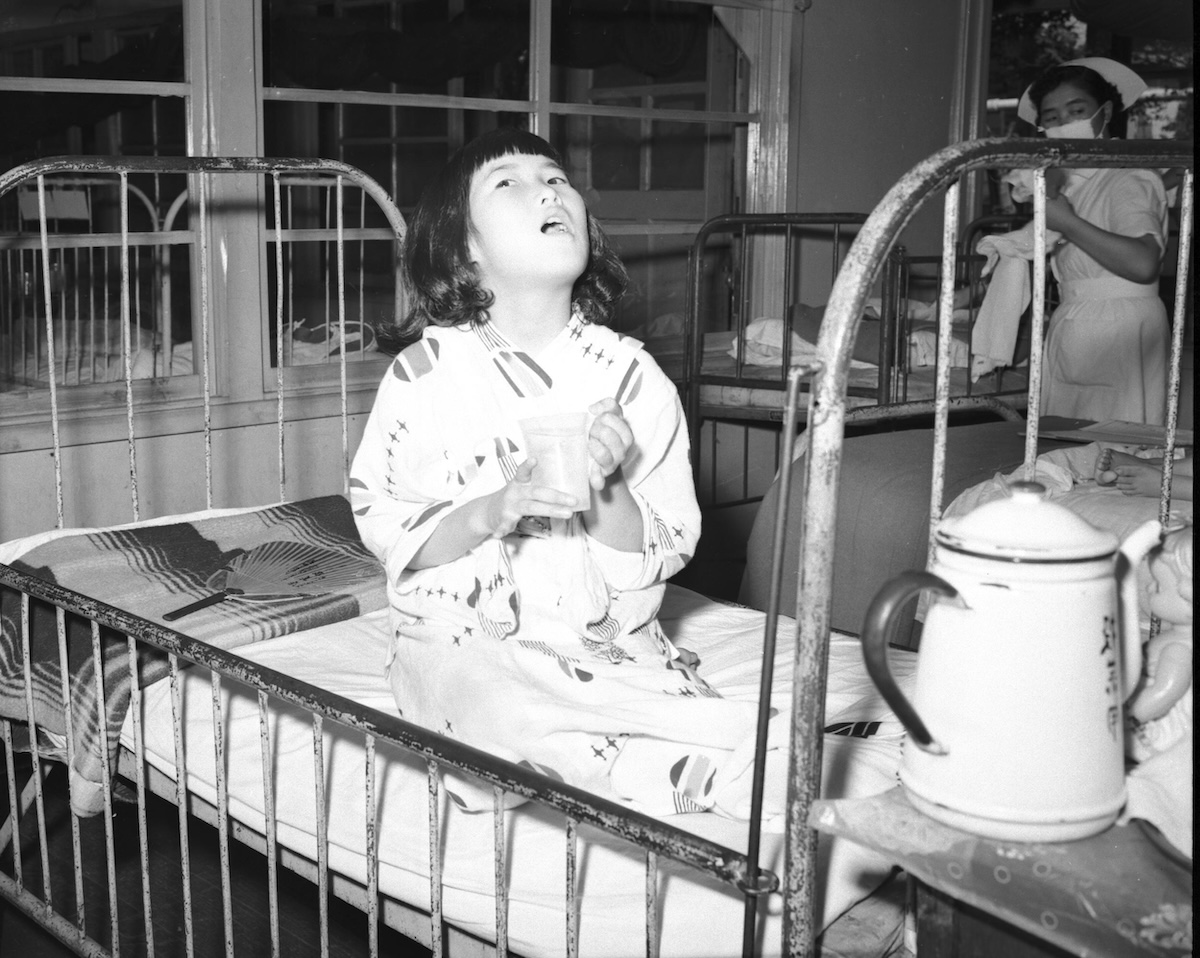Germ Warfare: The 1957 Asian Flu Epidemic
The Asian influenza epidemic of 1957 killed more than 16,000 people in Britain and more than a million globally. It exposed the fragility of the antibiotic age.

A fiftieth anniversary is an appropriate occasion to recall the first great influenza pandemic of the antibiotic age – one that caused more than a million deaths worldwide. The ‘Asian flu’ identified in China in February 1957 reached Britain that autumn, where it killed, directly and indirectly, more than 16,000 people, and possibly as many as 40,000.
More dangerous than the influenza itself was a secondary infection that caused a sometimes fatal pneumonia and confronted doctors with rich evidence of the growing resistance of bacteria to the hitherto triumphant penicillin. Even while the world was celebrating the miraculous discovery and deep impact of this new wonder drug and others like it, they were being used in ways that vitiated their effects by encouraging the breeding of resistant organisms.
